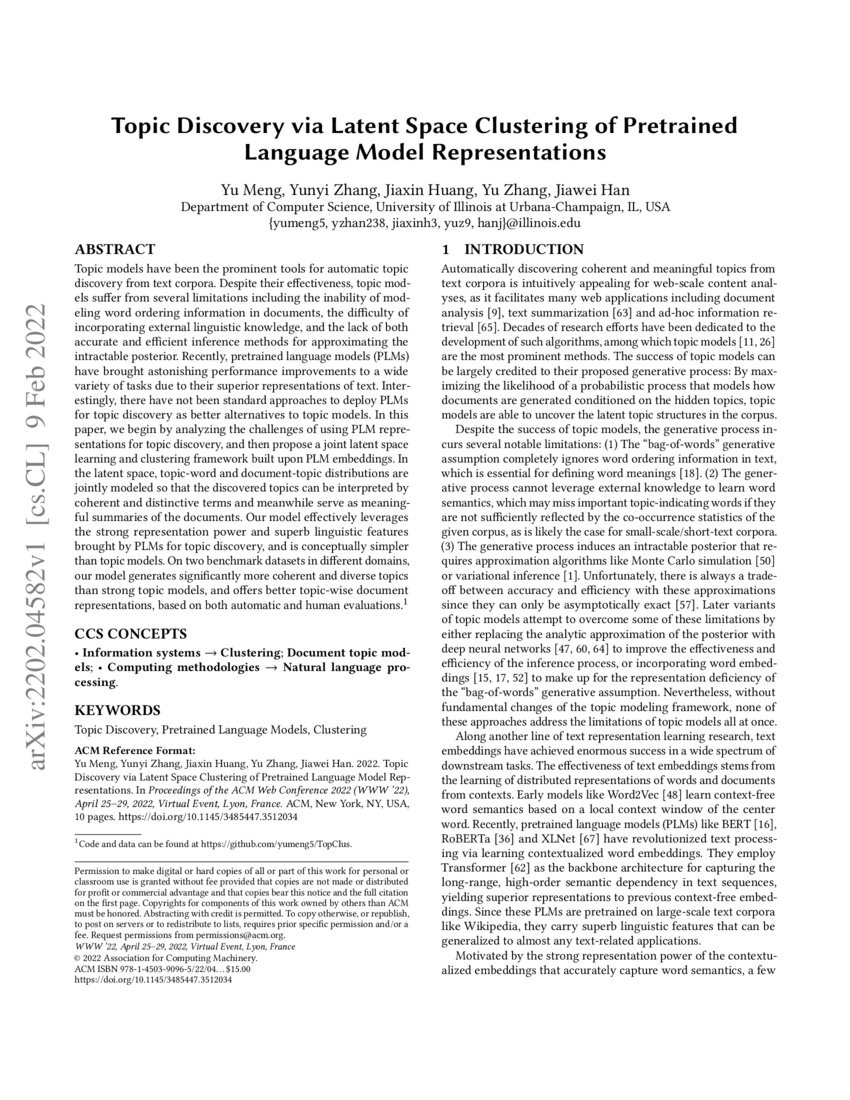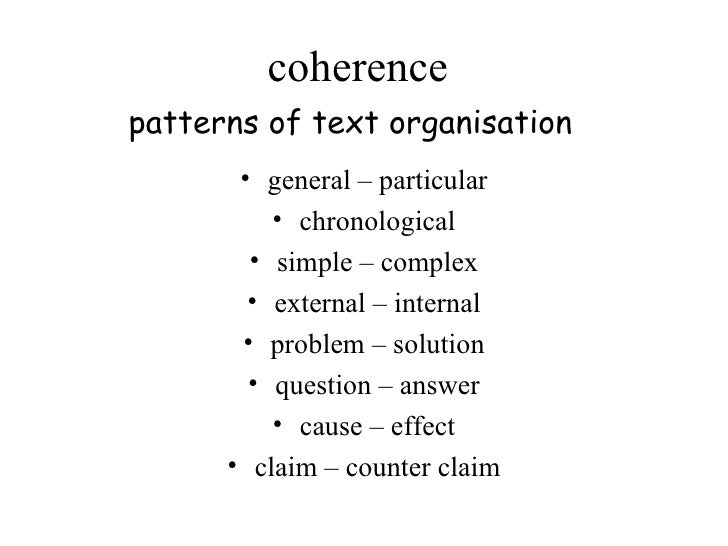

Accordingly, the number of mindfulness-related papers published per year increased tremendously since the late 1990s in an exponential rate ( Williams and Kabat-Zinn, 2011). (2018) put it, “mindfulness meditation has gone from being a fringe topic of scientific investigation to being an occasional replacement for psychotherapy, tool of corporate wellbeing, widely implemented educational practice and ‘key to building more resilient soldiers’” ( Van Dam et al., 2018, p. Over the past few decades, meditation has gained increasing interest from the scientific community. In drawing the implications of the presented model, this article ends with an outlook toward next steps for further developing a research agenda that may fully address the concrete elements of non-dual practices. With this, the aim is to point toward a principled enactive view of non-dual meditative practice. This third step represents a heuristic for evaluating the external coherence of the presented model. Third, this synthesized theoretical model of the requirements for the recognition of the non-dual is then compared with a specific non-dual style of meditation practice, namely, Mahāmudrā practice from Tibetan Buddhism. Second, the main ideas of enactive cognitive science are presented including a principled theoretical model of what is required for a shift to a pure non-dual experience, that is, an experiential mode that is unbound by subject–object duality.

To do so, three steps are taken: first, common elements of non-dual-oriented practices are outlined. This model inspired by the enactive approach contributes theoretically grounded hypotheses for the much-needed rigorous study of non-dual practices and non-dual experiences.
#External coherence free#
This article starts from a recently developed theoretical cognitive science framework that models the requirements of a temporary experiential shift into a mode of experiencing free from cognitive subject–object structure.

While several contemplative traditions, such as Zen, Mahāmudrā, Dzogchen, and Advaita Vedanta emphasize the importance of such a non-dual insight for the cultivation of genuine wellbeing, only very few attempts in contemplative science have turned toward the study of non-dual-oriented practices. These practices serve to de-reify the enactment of an observing witness which is usually experienced as separate from the objects of awareness. Within a variety of contemplative traditions, non-dual-oriented practices were developed to evoke an experiential shift into a mode of experiencing in which the cognitive structures of self-other and subject–object subside. 2Department of Psychosomatic Medicine and Psychotherapy, Medical Center – University of Freiburg, Faculty of Medicine, University of Freiburg, Freiburg im Breisgau, Germany.1Department of Psychiatry, Psychotherapy and Psychosomatics, University of Zurich, Zurich, Switzerland.


 0 kommentar(er)
0 kommentar(er)
